When practicing yoga, you may have been guided to micro-bend your knees or elbows, in order to avoid hyper-extending (or ‘locking’) into the joint. But what does this actually mean?
What is hypermobility?
Hypermobility is a complex beast. You might have it in a couple of your joints (e.g. the hips or the knees), but it can also be a proper, diagnosable syndrome. The NHS defines this as “when you have very flexible joints and it causes you pain (you may think of yourself as being double-jointed)”, and you’d need to experience hypermobility in many places throughout your body (or be diagnosed with syndromes like Ehlers-Danlos). This piece is about those of us who have it in a few places, rather than as a syndrome.
We’re all different, so some of use will be naturally ‘looser’ and others ‘tighter’ in our connective tissue. This means that areas of the body (like joints, ligaments and tendons) are less or more impacted, depending on your natural physiology. You can also be impacted at periods of time in your life - during pregnancy, the relaxin hormone floods your body and changes (in order to help with birthing, but it forgets about the rest of daily life in the 21st century).
How can it impact us?
Most people only experience it in certain areas of the body, and it can become particularly evident when we’re practicing things like yoga. It can be really obvious (e.g. if you can put your legs behind your head), or it can be more subtle (double-jointed fingers, toes etc).
So if you’re watching people do the ‘pretzel’ poses, it’s quite probable they have hypermobility in some of their joints, or are diagnosably hypermobile, but for most of us, it might be smaller things, like increased turn-out in the hips (sometimes brought on by ballet lessons as children, when everything is still malleable), or locking of the knees or elbows when standing or pressing up into a back bend.
What does ‘locking’ mean?
Locking, or hyperextending, is basically when you push your knees or elbow joint back until you hit the end of range of motion. You may not be aware you’re doing this – I do this with my knees often without realising – but when you do do it, you put strain on the ligaments, tendons and cartilage, and potentially on your pelvis and spine too (for instance, I have a hyper-lordosis, an exaggerated spinal curve).
Over time, this is also a contributing factor to knee pain, so it’s worth thinking about.
What yoga postures can this pop up in?
Any posture where you straighten your legs or arms. For instance, vrksasana (tree), tadasana (mountain), bhujangasana (cobra), prasarita padottanasana (wide-leg standing bend), janu sirsasana (head-to-knee forward bend).
In order to mitigate the effects of this, we need to bring awareness to the limbs as much as possible, as well as ensuring strong support from other parts of the body.
Some ideas:
When seated:
Visualise engaging the muscles around the kneecap like a circle and lifting up from there; you may see a visual adjustment in the muscle
Support under the knee with a blanket, block, brick or cushion
In standing postures:
If standing with both feet on the ground, plant your feet evenly and bring awareness to the knees, then bring a slight bend, while maintaining a length in your limbs
In standing balances, do the same with the bend, while additionally engaging other muscles; you’ll need this strength to complete the posture, but also to ensure it’s not placing undue pressure on your joints. Try visualising engagement of the quads, the muscles at the back of the knee, and spreading the foot to give a solid base
When prone/supine:
Lying on your back, you’re fine to bring your feet to the floor instead of stretching the legs out – the latter often leads to pinching in the lower back, so play around with what your body is telling you
If you’re pressing the legs up to the ceiling, imagine you’re standing, and employ the same methods
When working with back bends on the front, bring awareness to the elbow joint, and similarly to the feet, press down firmly through the palms while taking awareness to the elbow joint, and bending slightly. It’s easy to think that straight means higher, but it’s the undue pressure you want to avoid

